On the eighth day of Navratri in 2023, devotees honor Maa Mahagauri, a symbol of purity, peace, and grace.
The Transformation of Maa Mahagauri:
The legend of Maa Mahagauri traces back to the depths of devotion. Parvati, the divine consort of Lord Shiva, embarked on a rigorous penance in the Himalayan forests to attain his divine presence. Her unwavering devotion transformed her appearance, bestowing her with a dark complexion. When Lord Shiva acknowledged her devotion, he lovingly cleansed her with the sacred waters of the Ganga, restoring her radiant beauty. Thus, she became known as “Maha Gauri,” meaning “extremely white,” symbolizing her purity and became the cherished consort of Mahadev, Lord Shiva.
Another captivating tale unfolds as the demons Shumbha and Nishumbha terrorized the world. They could only be vanquished by a fierce form of Parvati. In response to Lord Shiva’s divine intervention, Parvati’s skin darkened, a transformation she initially resented. To regain her original form, she fervently prayed to Lord Brahma, who directed her to bathe in the sacred Mansarovar Lake in the Himalayas.
As she immersed herself in the pristine waters of Mansarovar, her darkened skin began to peel off and transformed into a divine goddess known as Kaushiki. Simultaneously, Parvati was restored to her original white and pure form. In her fierce avatar, she became Kali, capable of annihilating the formidable demons Chanda Munda, Raktabeeja, Shumbha, and Nishubha. Empowered by the blessings of Goddesses Lakshmi and Saraswati, Kali assumed the form of Chandi, slaying the demon Dhumralochan. From her third eye, a new goddess emerged, known as Chamunda, who vanquished Chanda and Munda. Chandi then transformed into Kaalratri to defeat Raktabija. After the triumphant battle, Chandi, Chamunda, Kali, and Kaushiki merged back into Parvati, and she was henceforth known as Mahagauri.
The Divine Attributes of Maa Mahagauri:
Maa Mahagauri is resplendent with a fair complexion, often compared to the conch, the moon, and the pristine white Kunda flower. She is typically depicted seated on a bull (Vrishabha) with four arms. Her right hand is poised to dispel fear, while her lower right hand holds a trident. In her upper right hand, she holds a ‘damaru,’ a small drum, and her lower left hand grants blessings to her devoted worshippers. Her grace knows no bounds, and she embodies kindness and moral purity. By worshipping Mahagauri, one can purify their soul, transcend the material world, and alleviate their sorrows, ultimately leading them towards virtue and self-realization.
Goddess Mahagauri Mantra & Puja Vidhi:
Devi Mahagauri Mantra
Om Hreem Shreem Glaum Gam Gauri Geem Namah
Dhyana Mantra
Ya Devi Sarvabhutesu Maa Gauri Rupena Samsthita|
Namestasyai Namestasyai Namestasyai Namoh Namah
Puja Vidhi (Step by Step)
Prepare the Altar
- Find a clean and serene place for your puja.
- Place a shallow clay utensil as the base for your altar.
Set Up the Kalasha
- Fill a Kalasha (holy water pot) with Ganga jal (sacred river water).
- Add Supari (betel nut), a few coins, Akshat (raw rice mixed with turmeric powder), and Durva grass into the Kalasha.
Adorn the Kalasha
- Place five mango tree leaves around the neck of the Kalasha.
- Cover the Kalasha with a coconut, symbolizing the divine presence of Maa Mahagauri.
Prepare the Base
- Add three layers of mud into the clay utensil.
- Sprinkle water gently to provide adequate moisture to the seeds.
Add Sapta Dhanya/Navadhanya Seeds
- Spread the Sapta Dhanya/Navadhanya seeds (a mix of seven grains) over the mud layers.
Light the Lamp
- Light a lamp or diya to illuminate the altar.
Chant Mantras
- Begin the puja by chanting the Mahagauri mantra (“Om Hreem Shreem Glaum Gam Gauri Geem Namah”) and the Dhyana mantra.
Offer Flowers and Incense
- Offer fresh flowers to the deity.
- Light incense and wave it in a circular motion before the deity.
Offer Prasad
- Prepare a small offering of sweets or fruits as prasad.
- Present it to Maa Mahagauri as a symbol of your devotion.
Recite Devotional Songs and Bhajans
- Sing devotional songs or bhajans dedicated to Maa Mahagauri.
Meditate and Seek Blessings
- Sit in quiet meditation, focusing on Maa Mahagauri’s divine form.
- Seek her blessings for purity, peace, and grace in your life.
Conclude with Aarti
- Perform the aarti, circling the lit lamp in a clockwise direction before the deity.
- Offer your prayers and gratitude.
Distribution of Prasad
- Distribute the prasad to family members and guests, sharing the divine blessings.
Cleanup
- Properly dispose of the materials used in the puja.
- Keep the altar clean and maintained for future rituals.

Navchandi Maha Puja at Rudralife
Navchandi Maha Puja is a special nine-day celebration organized during Navratri, with precise timings guided by the auspicious Muhurat.
Our dedicated team of two pandits, under the planetary influence of Ketu, will lead you through this divine journey. Navratri, an ode to the nine forms of Adi Shakti Devi Durga, embodies profound spiritual significance. This festival, following the lunar calendar, signifies the arrival of both spring and autumn.
Each day, we pay homage to one of Devi Durga’s incarnations, commencing with Devi Shailputri and concluding in grandeur on the tenth day. These rituals, prayers, and introspection encourage new beginnings and spiritual purification.
As a special note, we recommend wearing Rudraksha beads, particularly the 9 Mukhi Rudraksha, believed to carry Devi Durga’s blessings. Wear or gift these beads during Navratri for spiritual elevation.
Our comprehensive Puja includes various rituals, such as Abhishek, Mantra Japa, Homam, and Aarti, to seek the blessings of Devi Durga and invoke her divine grace for prosperity and spiritual growth.
To watch this year’s LIVE Devi Mahagauri Puja, click here.
If you wish to organize a Sankalp Puja for yourself or participate in the upcoming Pujas, message us via WhatsApp on +91-72088 19922.







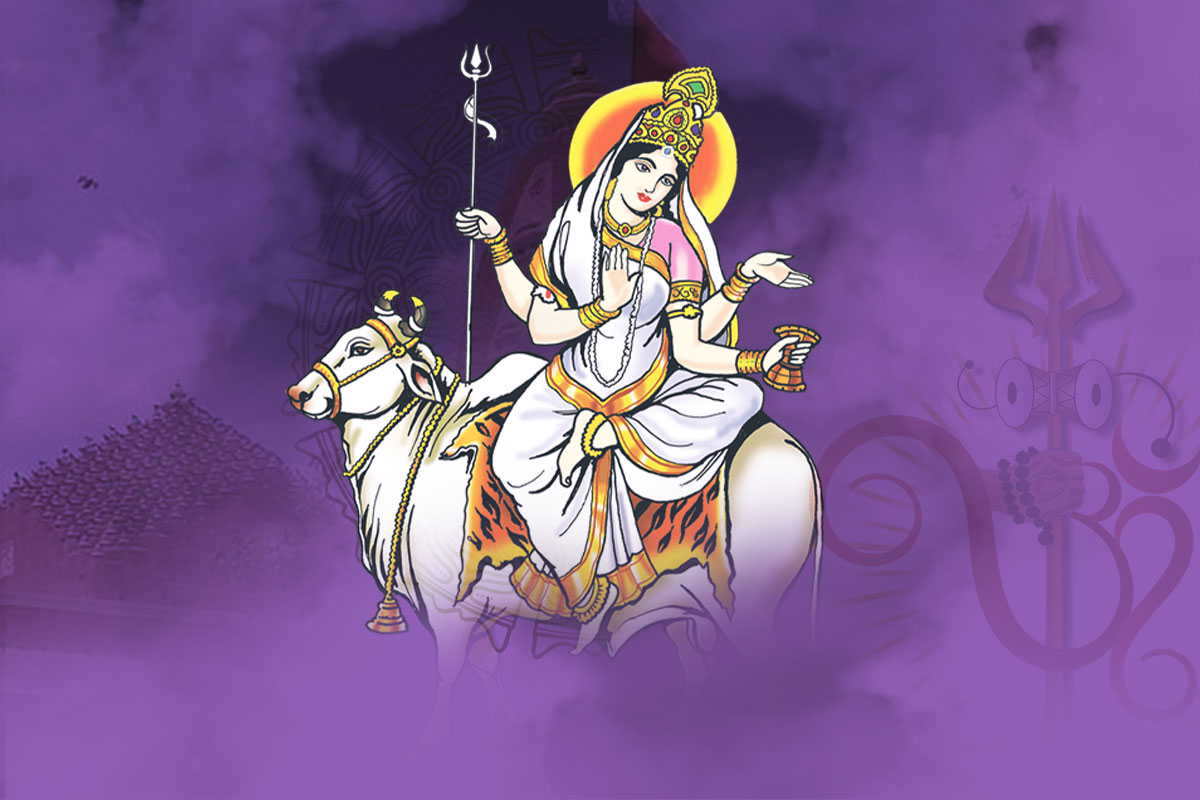
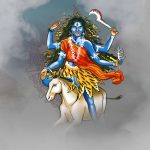
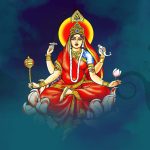



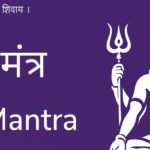
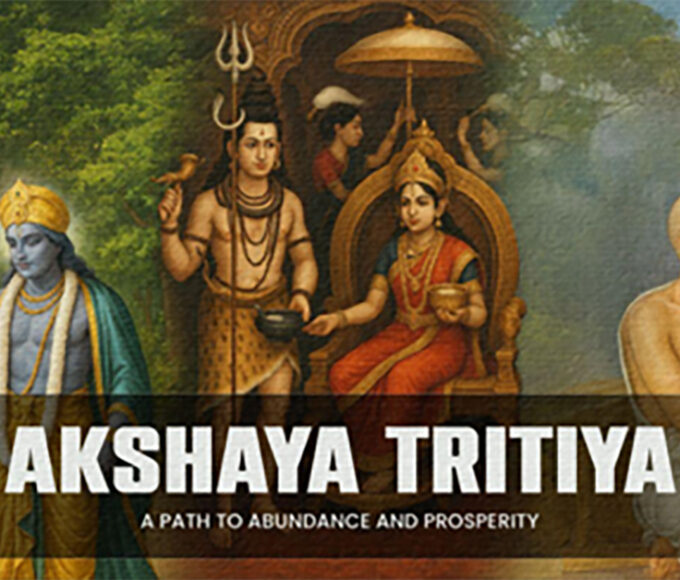
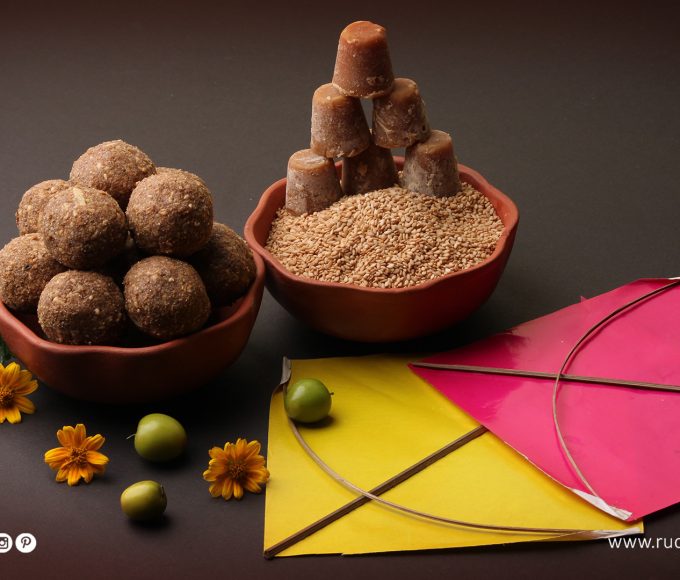
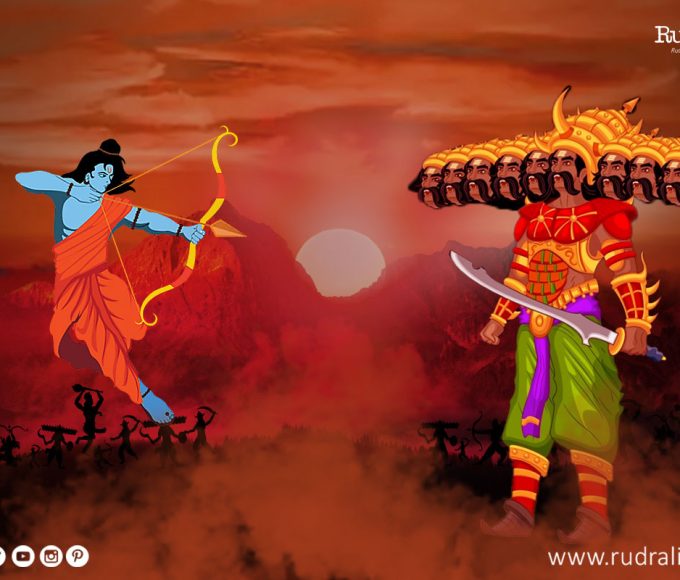

Leave a comment